2 Capacity decisions Amount, timing and type ADVERTISEMENTS 3 Facilities decisions Size, location and specialisations 4 Vertical integration Direction, extent and balance The strategic level production planning is concerned with decisions, which are having implications for the next five to ten years Capacity planning is defined as a method to gauge the production capacity needed to meet the changing product demands of an organization Two terms of design capacity and effective capacity are used extensively in the context of capacity planning The first is the maximum work that is completed in a specific period by an organization, and the latter is theEmphasised individual capacity to the exclusion of organisational and institutional capacity There is a growing awareness that human resource development alone is not the answer to capacity constraints in most institutions These levels are depicted in Table 1 Civil Society Capacity Development Results Framework by Level

Strategic Capability A Concept And Framework For Analysis Academy Of Management Review
Level capacity strategy characteristics
Level capacity strategy characteristics- Meld topdown with bottomup approaches to capacity planning and resource management;Capacity planning isn't just about the number of people you have, but should be based on the skills of those resources, the budget allocated to projects, and what business initiatives are being driven from an executive level



1
Capacity Building Strategy (annexed) Combining another support method with the training course, such as followup coaching;Estimate project well and have good supporting processes in placeStrategies The broad classes of capacity planning are lead strategy, lag strategy, match strategy, and adjustment strategy Lead strategy is adding capacity in anticipation of an increase in demand Lead strategy is an aggressive strategy with the goal of luring customers away from the company's competitors by improving the service level and reducing lead time
Pillars/Features of the CBF • It is national in character and links National, Regional and MMDA levels • Systems focus and approach levels individual, departmental &Organisational • Approved strategies and measurable standards • Performance identities gaps;Level Capacity Management "The level capacity plan satisfies high demand from existing stocks When demand goes below capacity, overproduction is stored as inventory in anticipation of higher demand in later months The disadvantage of this approach is that this tends to build in high stock levels and hence high levels of working capital are requiredChapter 7 Capacity Planning and Management Learning Outcomes After reading this chapter you should be able to • Define and measure capacity and appreciate the factors that influence it • Assess the difficulties of matching capacity to demand • Evaluate and apply the different strategies for matching capacity with demand in the short,
Agree on these top best practices prioritization;View Test Prep mgt 3121 final sheetdocx from MGT 3121 at Baruch College, CUNY Chap 11 manage cap and demand Level Capacity strategy of holding capacity fixed allowing for underutilization andLevel Capacity Plan The inventory size is varied keeping the workforce size and utilization of work constant The number of workers ( working size) is kept constant throughout the time period under consideration During months of low demand the excess units required over the units produced are taken from the inventory




Distribution Strategy Cutting Edge Distribution Strategies 21




Summary Of Population Level Impacts From Traffic Based On Species Risk Download Scientific Diagram
Which of the following is likely to be associated with or characteristics of the chase capacity strategy in contract to level capacity strategy High investments in employee skills Highly skilled labor High margin rate High labor turnoverThat sets the overall scope for capacity development The organizational level refers to the internal structure, policies and procedures that determine an organization's effectiveness It is here that the benefits of the enabling environment are put into action and a Level 1 The Corporate Level Level 2 The Business Unit Level Level 3 The Functional Level Having a solid understanding of these levels of strategy will help you break your strategy into the correct levels, so you can align your companywide goals from the top of your organization (the corporate level) to the bottom (the functional level)
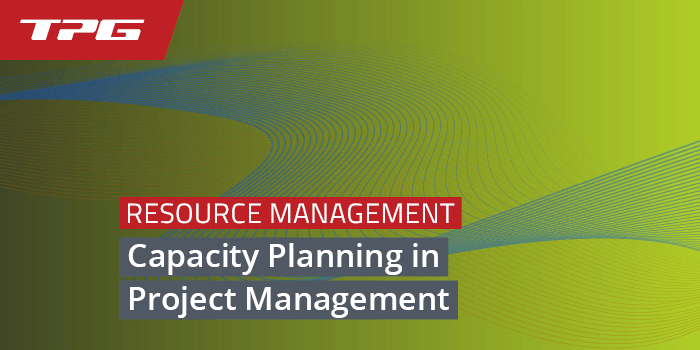



Capacity Planning In Project Management 4 Vital Success Factors Update 21
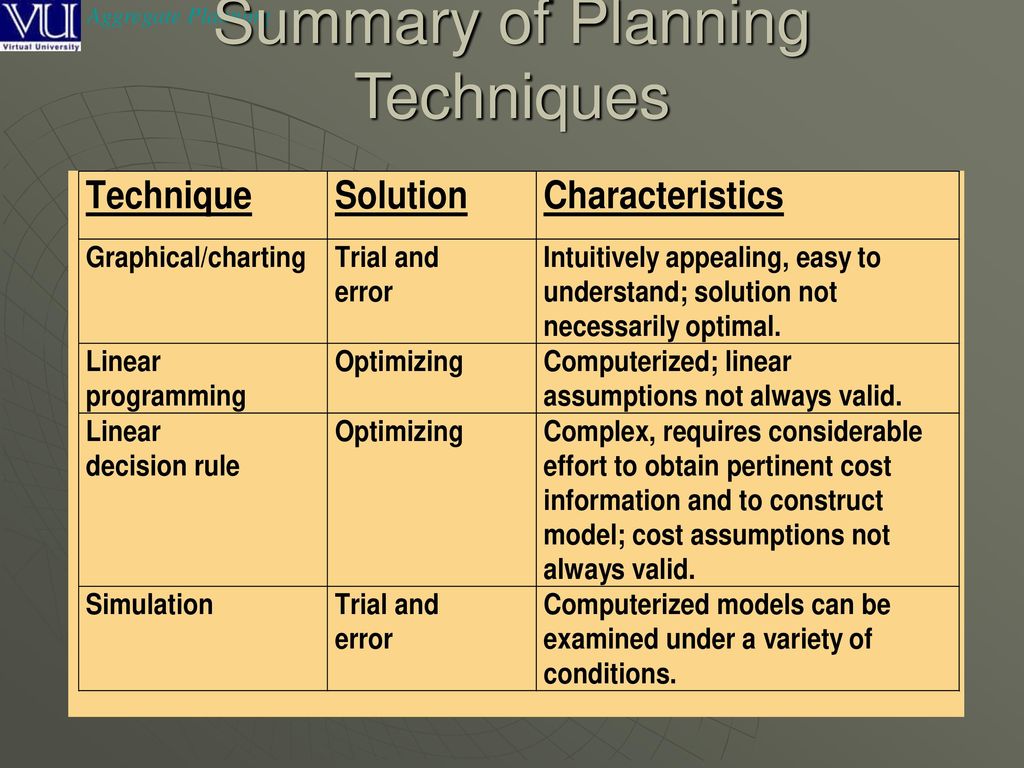



Basic Strategies Level Capacity Strategy Chase Demand Strategy Ppt Download
Seasonal Leveling Guide Leveling to 70 in a new season can seem like quite a slow process to some, but there are a number of tips and tricks you can use to speed the process up by a huge amount This guide covers everything you can do to increase your leveling speed with Kanai's Cube, the Challenge Rift, and different leveling methodsCapacity planning is a strategic process whereby a company determines what level of capacity it will need to satisfy the level of demand for its products or services over a period of timeLevel of Capacity Building and Personal, SocioEconomic and Psychological Characteristics of Members of Women Self Help Groups BHAGYASHREE PATILKHEDE1, T GOPI KRISHN, RAMVINAY PAL3 AND SHALU




2 Characteristics Of Human Capacity Needed By Different Subsystems Of A Download Table




What Is Capacity Planning Examples Types Optimoroute
It involves changing the number of workers and the level of production in order to match the variations in the demand This strategy is also uncertain as it involves the "imperfect" information of the changes in the demand, sales and the market conditions This strategy requires the changes in prices in order to react to the changes in demandsAt any given point in time, a fixed – capacity service organization may be faced with one of four conditions (see Figure 131) 1 Demand exceeds maximum available capacity with the result that potential business may be lost ADVERTISEMENTS 2 Demand exceeds the optimum capacity level;Strategies for Managing Demand of Services!




Strategies Of Industry Science Cooperation In The Russian Manufacturing Sector Springerlink




The Four Levels Of Capacity Development Download Scientific Diagram
One of the most important advantages of a level production schedule is that it keeps the finished product rolling off the assembly line at the same rate throughout the production cycle During periods in which there is a lull in demand for the product, a surplus accumulates, allowing the manufacturer or retailers to store up an overabundance of the productLead strategy add resource capacity if you anticipate high demand Lag strategy add capacity only when the organization is running at effective capacity Match strategy add resource capacity in small quantities according to market demand Capacity planning is the practice of planning/determining production capacity and workforce needs to make sure your supply chain is equipped to meet demand Capacity planning lets businesses know how and when to scale, identify bottlenecks, create better design capacity, and mitigate risk, within a planned period of time
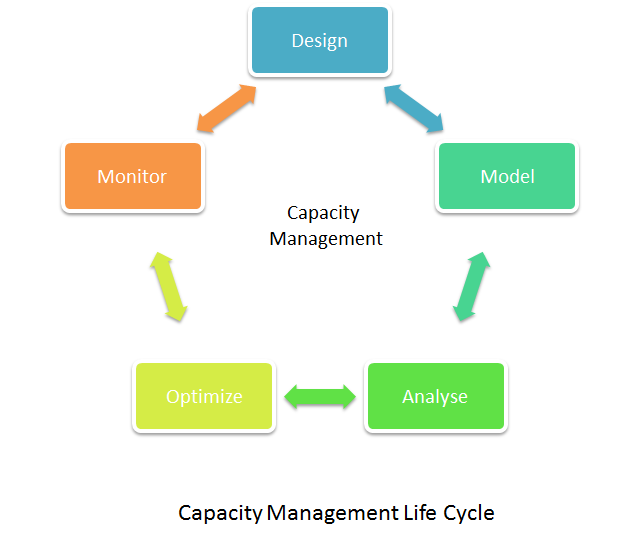



What Is Capacity Management Definition And Faqs Omnisci




7 Steps To Successful Network Optimization Modeling
Level capacity strategy characteristics Capacity planning refers to determining what kind of labour and equipment capacities are required and when they are required Capacity is usually planned on the basis of labour or machine hours available within the plant Thus, capacity planning is planning for quantity or scale of outputThe characteristics of these two vastly different strategies are outlined in the Exhibit, "Comparison of chasedemand and levelcapacity strategies for the XYZ brokerage firm"This revision video provides an overview of the concept of capacity, capacity utilisation and some of the issues facing businesses operating at low or high u
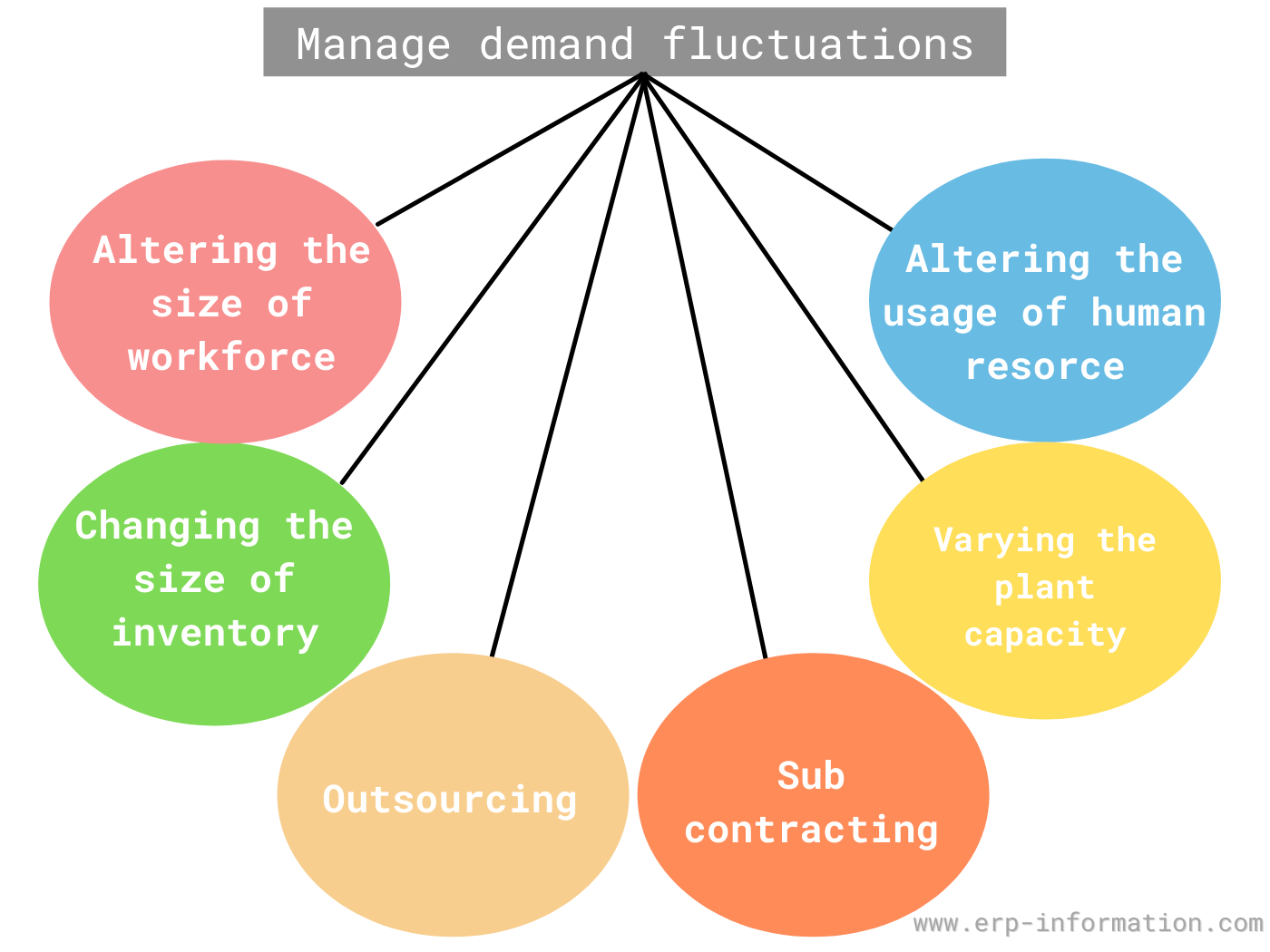



What Is Aggregate Planning 3 Strategies For Aggregate Production Planning
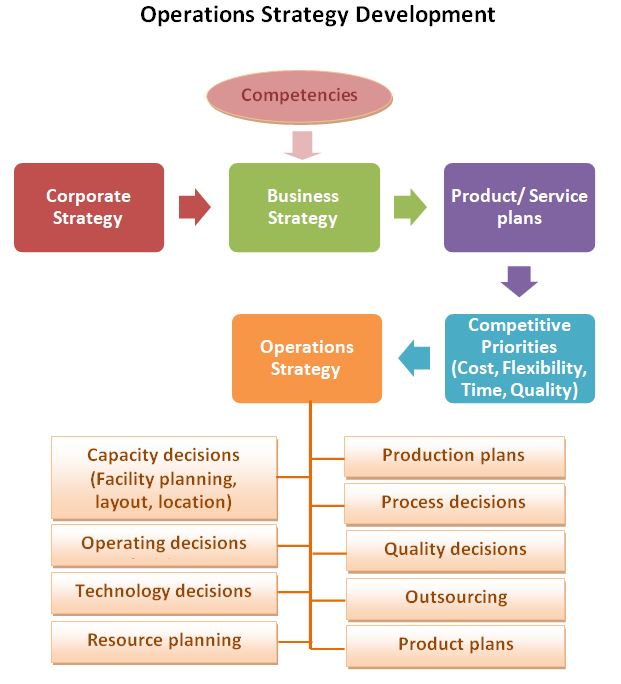



Operations Strategy With Examples Studiousguy
What many project leaders overlook about capacity is that it goes beyond a project and must be looked at from a strategic level in order to get it right and make it last!The level capacity strategy, the focus is on the process where product output remains at a somewhat fixed level and increases/decreases in demand are satisfied through strategic decisions of utilizing inventory (maintain buffer stock), outsourcing and backorders Level Approach This is considered the best approach to manage project outputs and workforce activities in a stable position The level approach is strategized by keeping the capacities in persistence during the aggregate planning phase
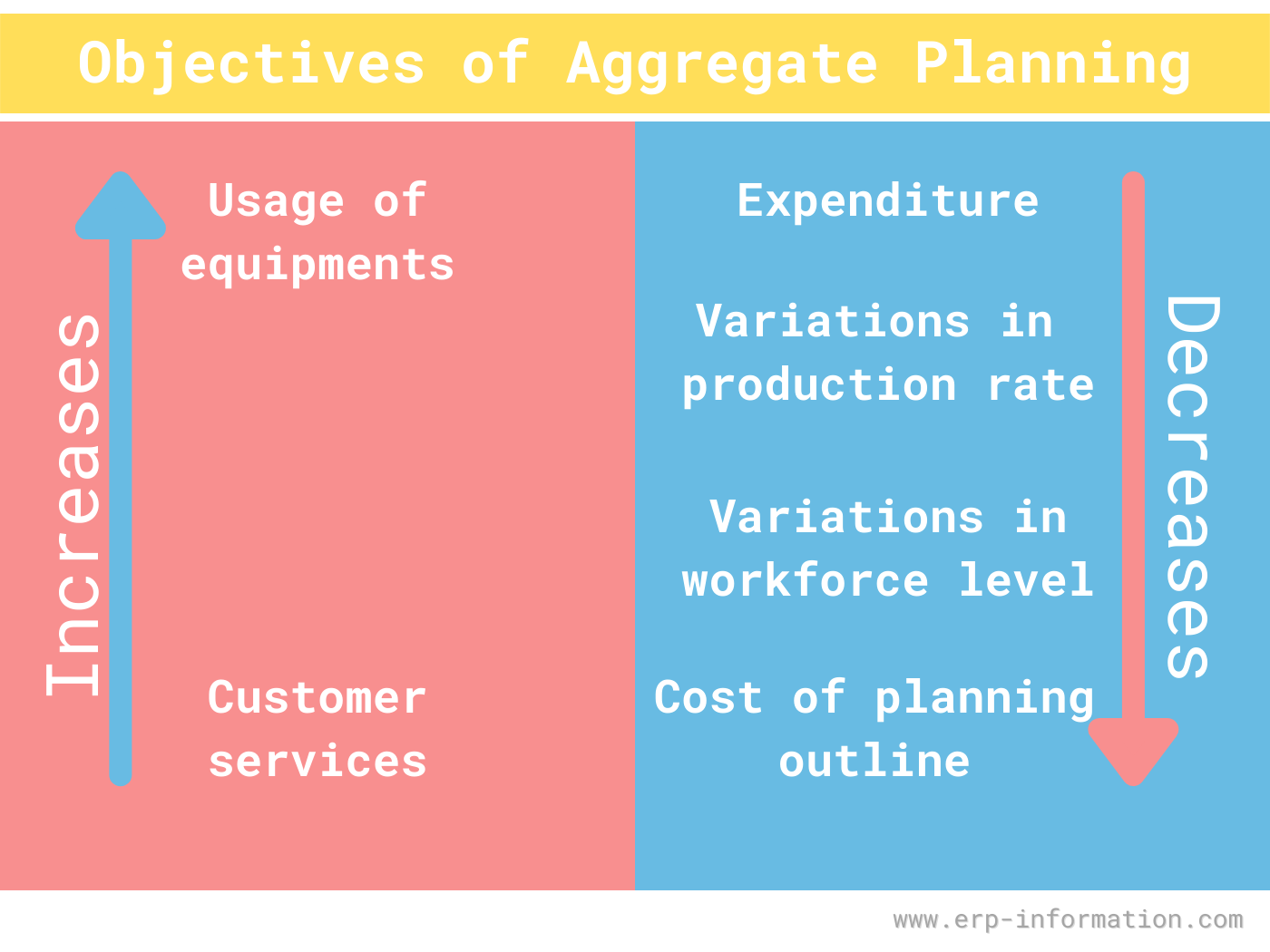



What Is Aggregate Planning 3 Strategies For Aggregate Production Planning




Basic Strategies Level Capacity Strategy Chase Demand Strategy Ppt Download
Lead Strategy An upfront investment in more capacity that you need This can be done when capacity is inexpensive or difficult to obtain For example, a new vineyard anticipates using less than 10 acres of land in its first 5 years but purchases 100 acres of land as a long term investment in the businessCommunity capacity is defined as the interaction of human capital, organizational resources, and social capital existing within a given community that can be leveraged to solve collective problems too improve or maintain the well being of a given community It may operate through informal social processes and/or organized effort (Chaskin, 01) 1Have a dedicated function to run resource management and capacity planning activities;
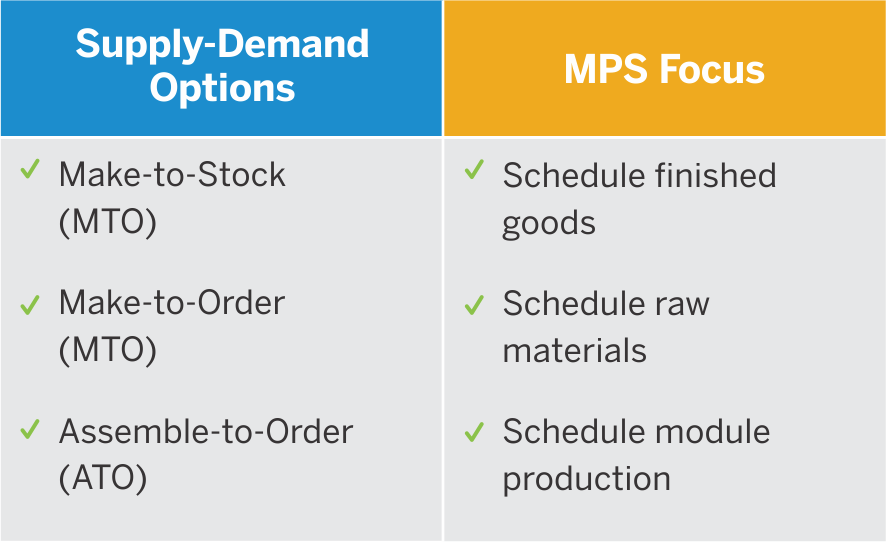



Inventory Management 101 The Master Production Schedule Mps Explained Optipro Software
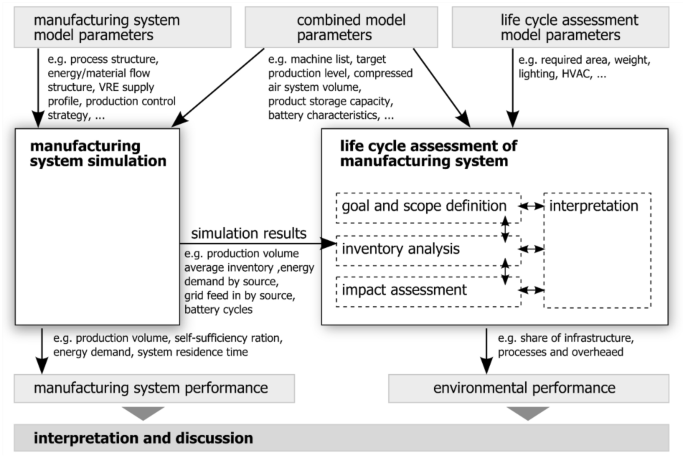



Combining Life Cycle Assessment And Manufacturing System Simulation Evaluating Dynamic Impacts From Renewable Energy Supply On Product Specific Environmental Footprints Springerlink
Level capacity strategy When an organization adopts the level capacity strategy then it manufactures at a constant output rate It does not consider any fluctuation or change in the level of demand This may lead to stockpiling or holding of inventory in high quantity, when there is a decrease in the demand level Strategic capacity planning is how companies figure out the production capacity needed in order to meet consumer demand It's a highly difficult process because of several reasons The first reason is because it relies on accurate demand forecasting They assess whether the capacity is there at a role level, and if not, they schedule the work when it is, or make tradeoffs accordingly They have far fewer unplanned projects Lower maturity companies are almost twice as likely to have unplanned projects, leading to downstream effects on resources, portfolio, timelines and budget




Strategic Capability A Concept And Framework For Analysis Academy Of Management Review
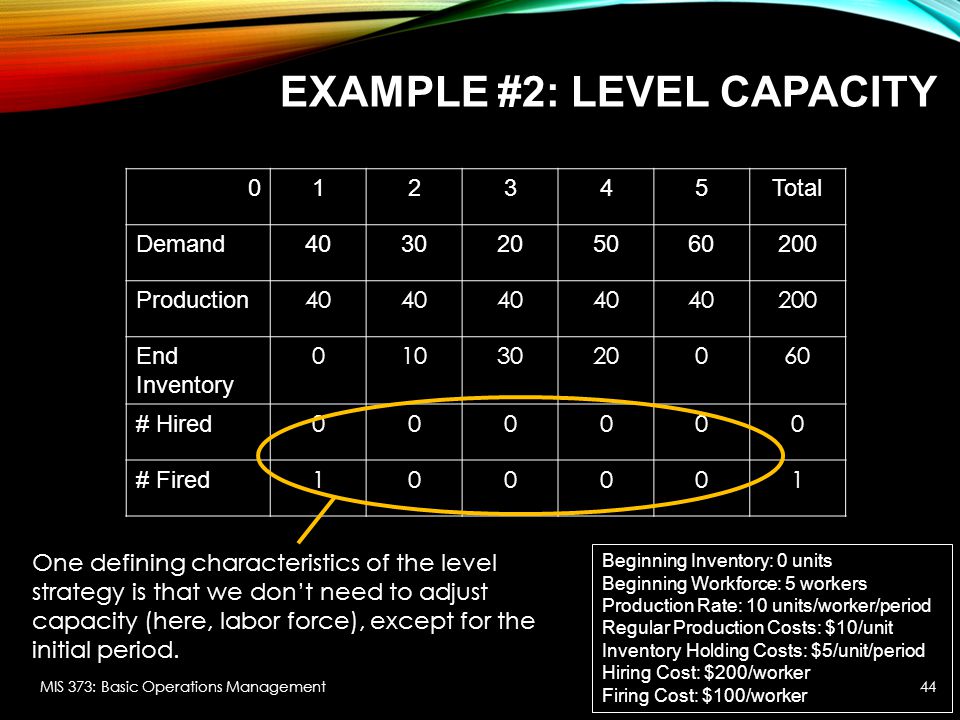



Aggregate Planning Chapter 11 Mis 373 Basic Operations Management Ppt Download
Level capacity demand plan The immediacy of service industries is so different from their manufacture burgers have to be hot, motel rooms exactly where sleepy passengers want them, and airline seating has to be empty when customers want to fly Capacity Planning It's pprove/cancel projects Nature and characteristics of strategic decisions Strategic decisions are decisions about an organization's strategy There is no doubt that strategic decisions have a major impact on any organization However, when it comes to really strategic decision making, things tend to get a bit blurry Not all futureoriented decisions are strategic
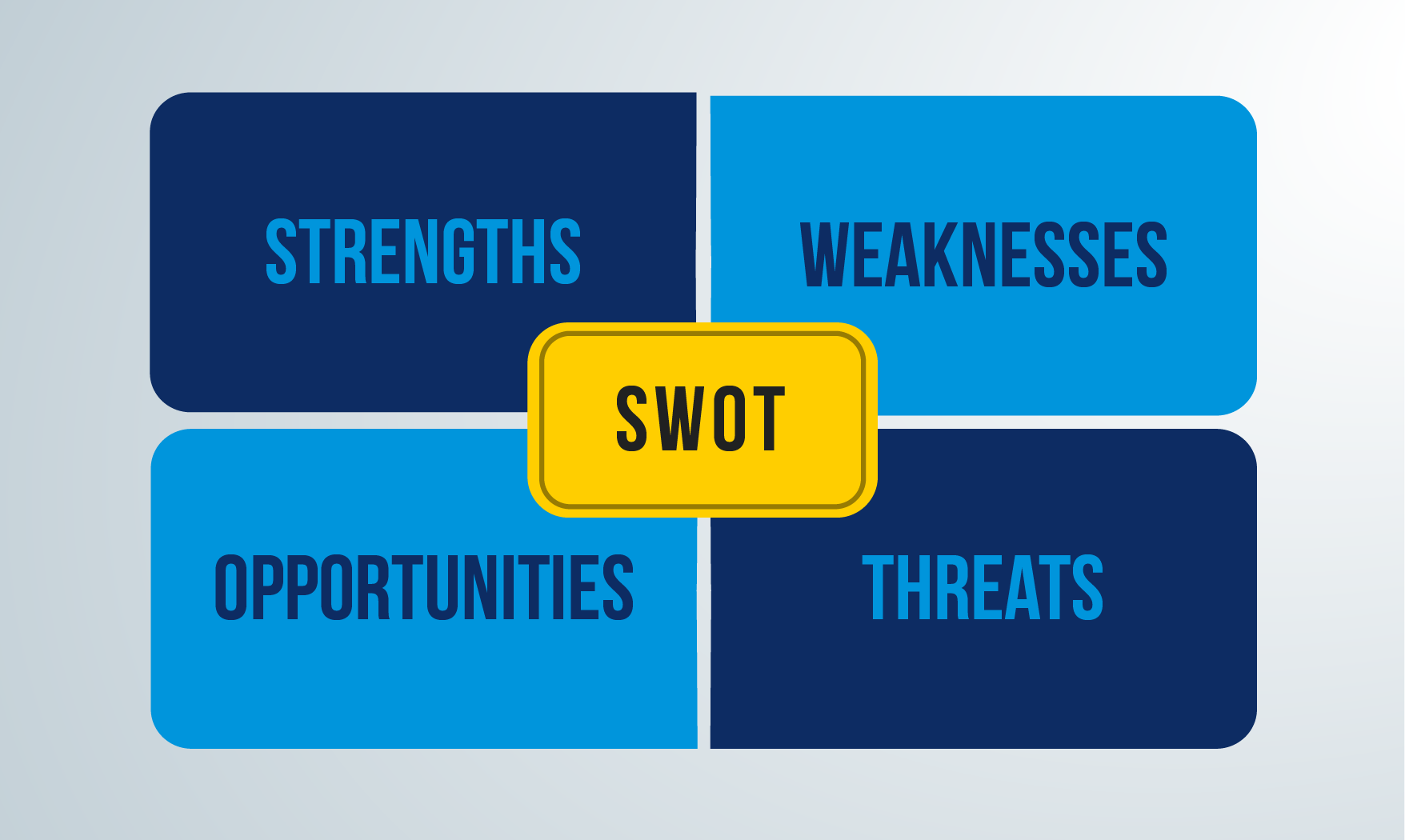



What Is Strategic Analysis Questionpro




Capacity Strategy Some Factors Influencing The Overall Level Of Capacity Forecast Level Of Demand Consequences Of Over Under Supply Availability Of Ppt Download
Addresses them using potentials & opportunities • Resource Mobilisation & Utilisation • Clarifies institutional roles andThe corporatelevel strategy provides a rationale for keeping all these businesses grouped together under common ownership – and at some distance from outside share holders and investors CorporateLevel Strategy Corporatelevel strategy has not been wellserved It has been a poor cousin to businesslevel strategy and has made far less progressR / K selection theory A North Atlantic right whale with solitary calf Whale reproduction follows a K selection strategy, with few offspring, long gestation, long parental care, and a long period until sexual maturity In ecology, r/K selection theory relates to the selection of combinations of traits in an organism that trade off between




3 Types Of Capacity Planning Strategies Valq




Everything About Capacity Planning Strategies Its Benefits
Peer support groups etc High overall cost (preparation and event costs such as venue;The use of a level strategy means that a company will produce at a constant rate regardless of the demand level In companies that produce to stock, this means that finished goods inventory levels will grow during low demand periods and decrease during high demand periodsCapacity Planning and Management are explained in this videoThe text was created by an experienced Lean Thinker that gives his point of view on the "Capacit




Pdf Strategic Marketing Management At Ski Centers The Smmp Concept Semantic Scholar




Enterprise Resource Planning Wikipedia
Strategic capacity planning is essential as it helps the organization in meeting the future requirements of the organization Planning ensures that operating cost are maintained at a minimum possible level without affecting the quality It ensures the organization remain competitive and can achieve the longterm growth planOverview of capacity development activities Strategies in Uganda", Entebbe, impact on poverty and income distribution at household level usingZS Hua, P Banerjee, in Agile Manufacturing The 21st Century Competitive Strategy, 01 2 INTEGRATING CAPACITY PLANNING AND LINE DESIGN WITH PRODUCTION PLANNING Capacity planning is usually motivated by reducing operation costs, meeting market demand fluctuation and/or pursuing better customer service The major decisions in current capacity planning
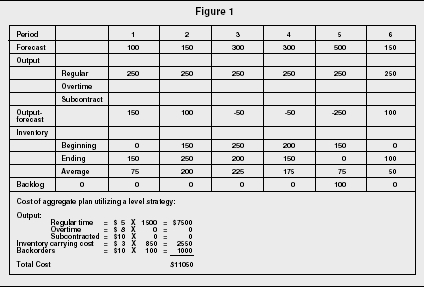



Aggregate Planning Strategy Organization Levels System Examples Model Type Company System




Capacity Planning Types Lead Lag Average Strategies Video Lesson Transcript Study Com
LEVEL STRATEGY A level strategy seeks to produce an aggregate plan that maintains a steady production rate and/or a steady employment level In the context of the problem posted by you following the level strategy means incurring additional subcontracting costs at least twice This is to offset the shortfall in production because of the levelCapacity development responsibilities under one umbrella to tackle some of the systemic in order capacity constraints and address new capacity emanating from the new programme elements needs This CD Strategy provides a framework to coordinate and implement CD in a systematic and efficient mannerFood etc) Access to good training venue Requires quality control of trainer/s




Lora And Lorawan Technical Overview Developer Portal



1
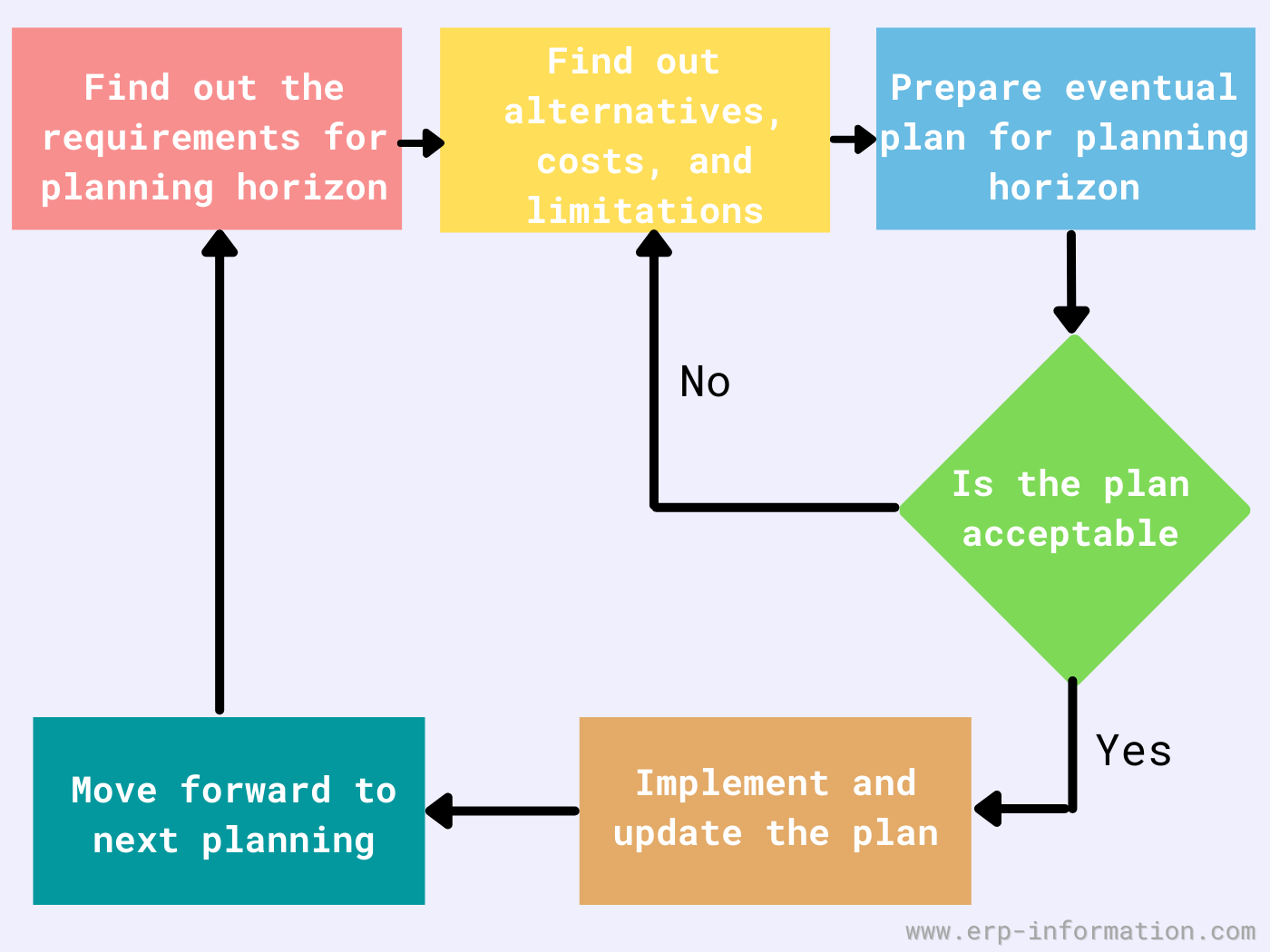



What Is Aggregate Planning 3 Strategies For Aggregate Production Planning




Framework For Choosing Supply Chain Strategies Semantic Scholar




A Complete Guide To Product Management Roles Updated For 21 Aha




Capacity Strategy Some Factors Influencing The Overall Level Of Capacity Forecast Level Of Demand Consequences Of Over Under Supply Availability Of Ppt Download




The Hybrid Competitive Strategy Framework A Managerial Theory For Combining Differentiation And Low Cost Strategic Approaches Based On A Case Study Of A European Textile Manufacturer Semantic Scholar
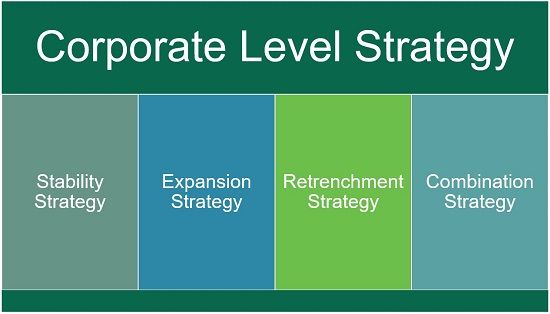



What Is Corporate Level Strategy Definition Salient Features And Classification Business Jargons
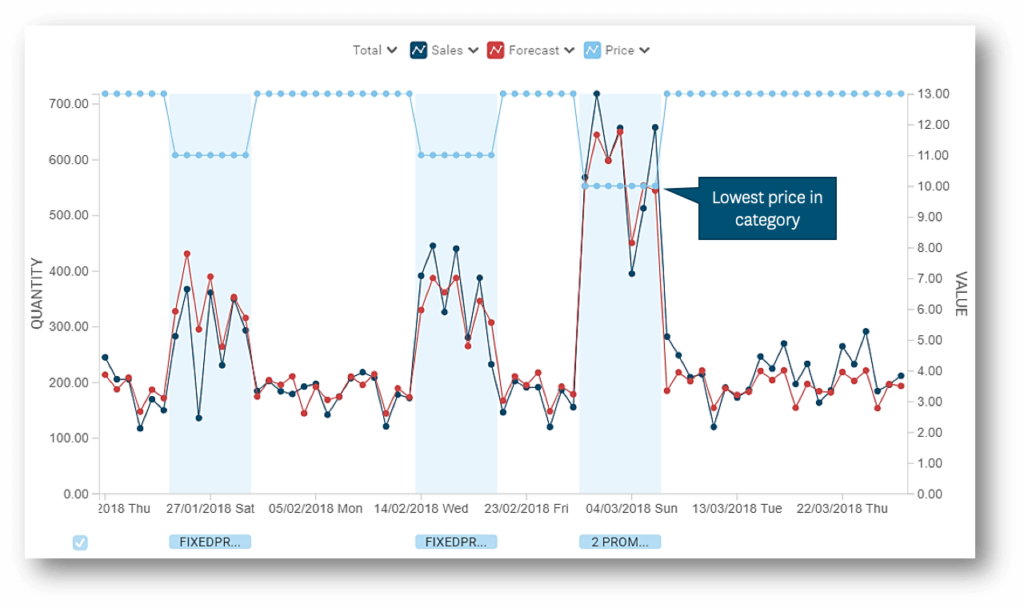



Demand Forecasting In Retail The Complete Guide Relex Solutions




Lora And Lorawan Technical Overview Developer Portal




Everything About Capacity Planning Strategies Its Benefits
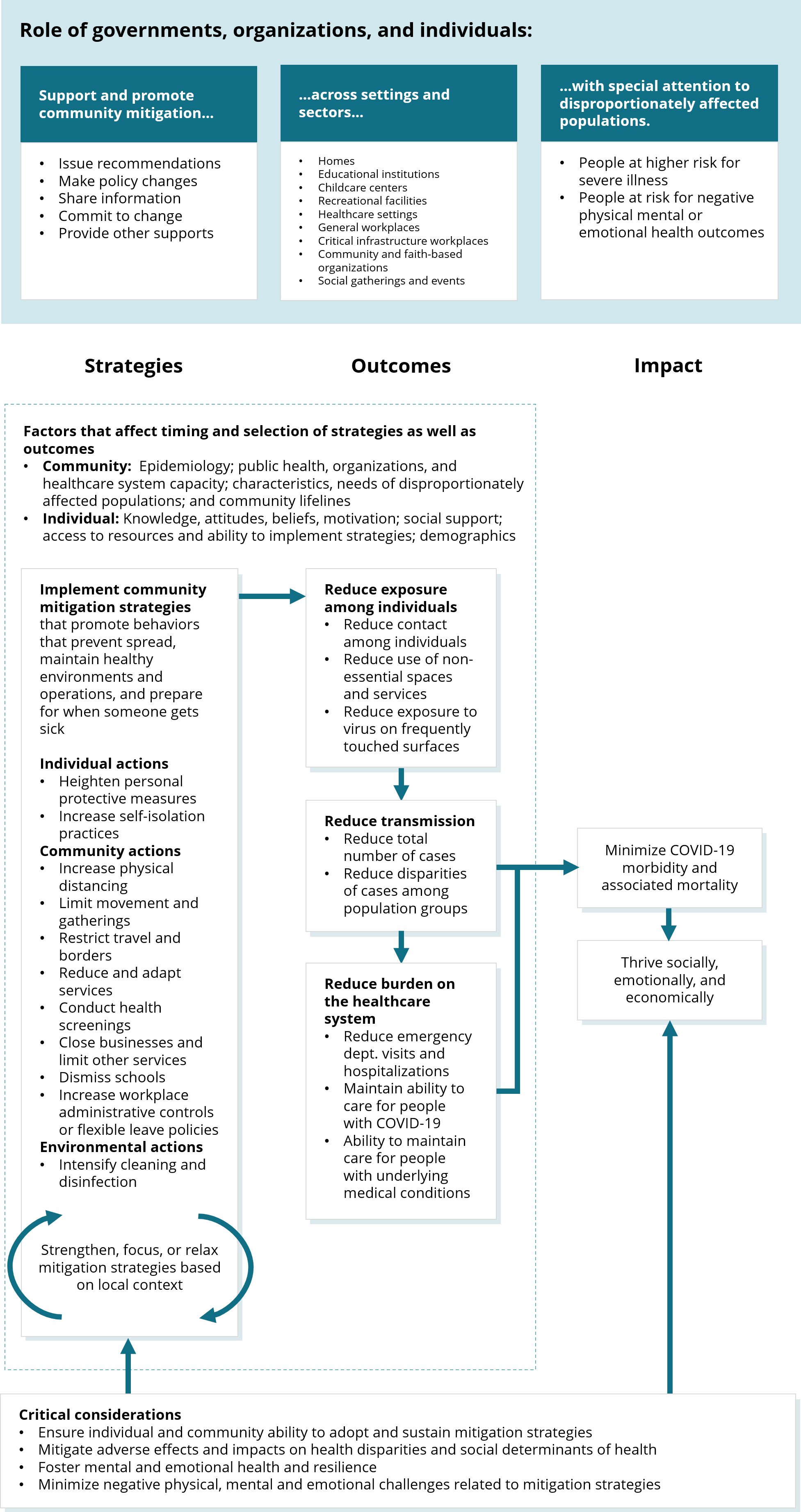



An Approach For Monitoring And Evaluating Community Mitigation Strategies For Covid 19 Cdc
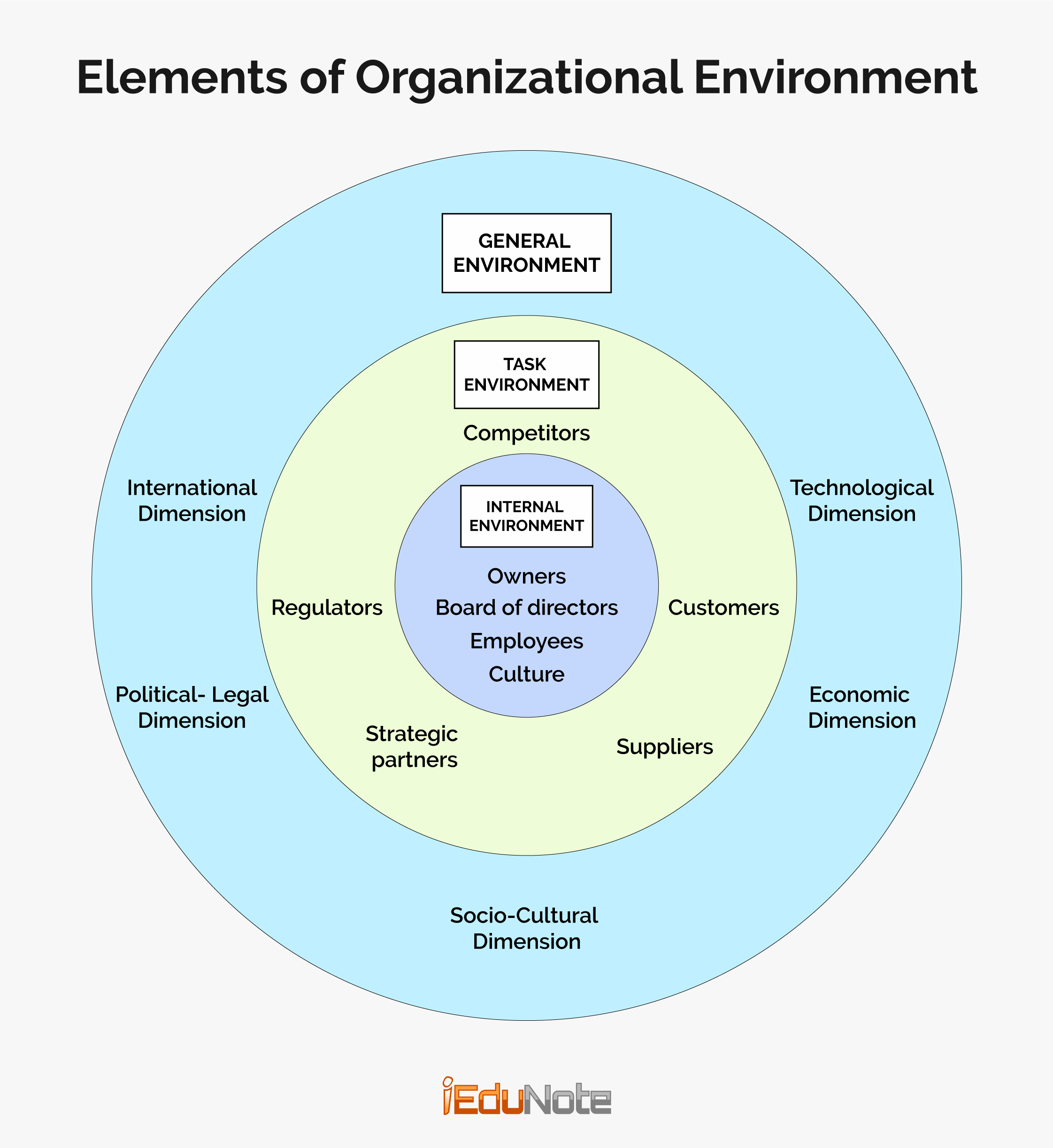



Internal And External Environment Factors That Influences Organizational Decision Making




Going Deeper Into Smes Innovation Capacity An Empirical Exploration Of Innovation Capacity Factors Cairn International Edition




Capacity Planning In Project Management 4 Vital Success Factors Update 21



1




Capacity Strategy Economies Of Scale Strategic Management




Capacity Centered Organizations 7 Characteristics Planview




3 Types Of Capacity Planning Strategies Valq




Porter S Generic Competitive Strategies
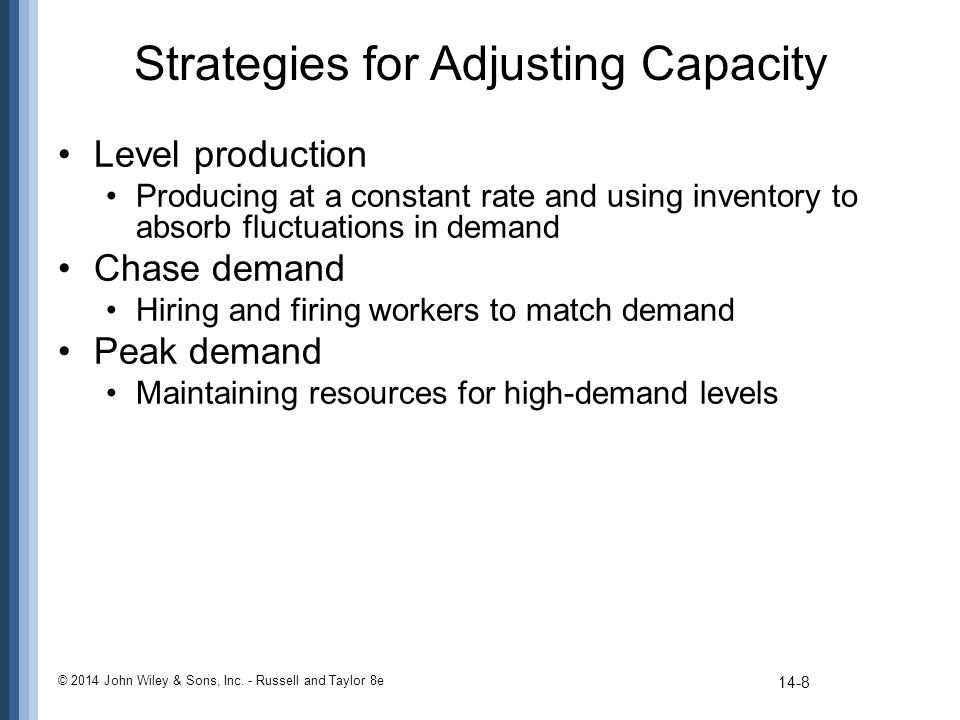



Sales And Capacity Planning Ppt Video Online Download




Strategic Change The Influence Of Managerial Characteristics And Organizational Growth Academy Of Management Journal
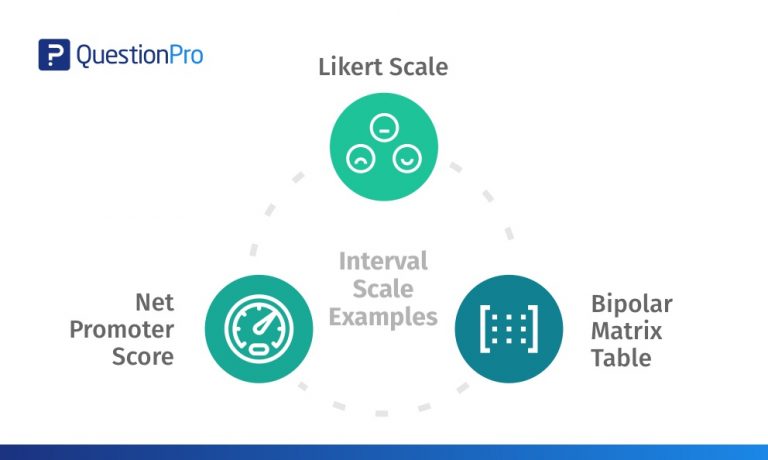



Interval Scale Definition Characteristics With Examples Questionpro




Testing Strategy For Determining The Lung Sensitizing Capacity And Download Scientific Diagram
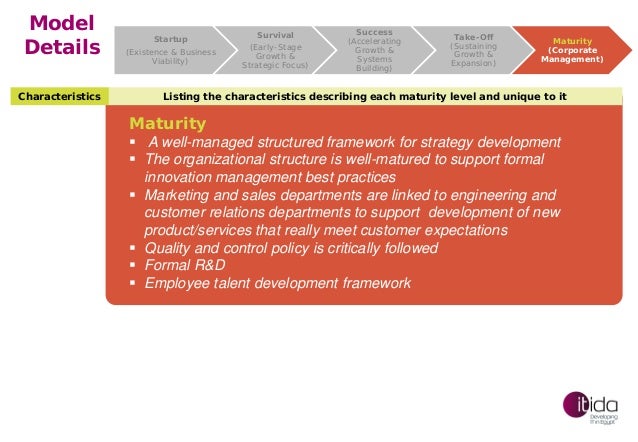



A Propsoed Model For Enterprise Capacity Building And Development Sta




Determinants Of Knowledge Transfer From Fdi To Local




Capacity Management It Process Wiki




Capacity Strategy Some Factors Influencing The Overall Level Of Capacity Forecast Level Of Demand Consequences Of Over Under Supply Availability Of Ppt Download




Top 3 Levels Of Management Decisions Explained




Demand Forecasting In Retail The Complete Guide Relex Solutions
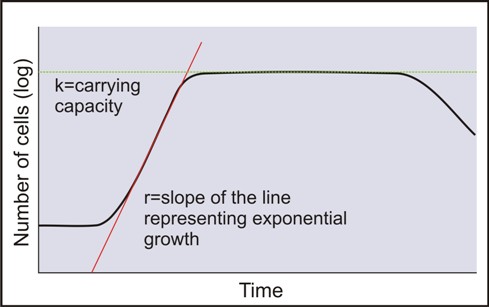



K And R Reproductive Strategies




Capacity Strategy Some Factors Influencing The Overall Level Of Capacity Forecast Level Of Demand Consequences Of Over Under Supply Availability Of Ppt Download




3 Types Of Capacity Planning Strategies Valq




Capacity Planning Meaning Strategies Importance And Procedure




The Primary Characteristics Or Three Pillars Of Venture Philanthropy Download Scientific Diagram



Www Cbd Int Doc Pa Tools Capacity assessment and development Pdf
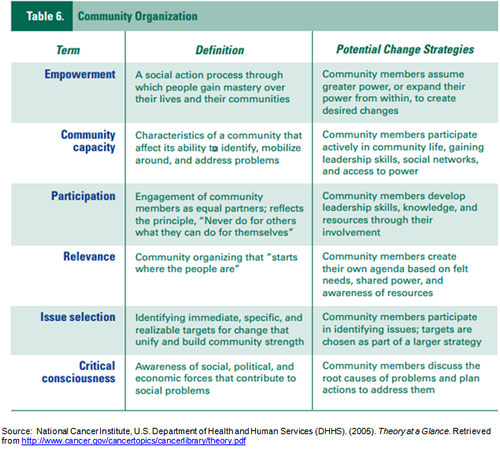



University Of Maryland School Of Nursing
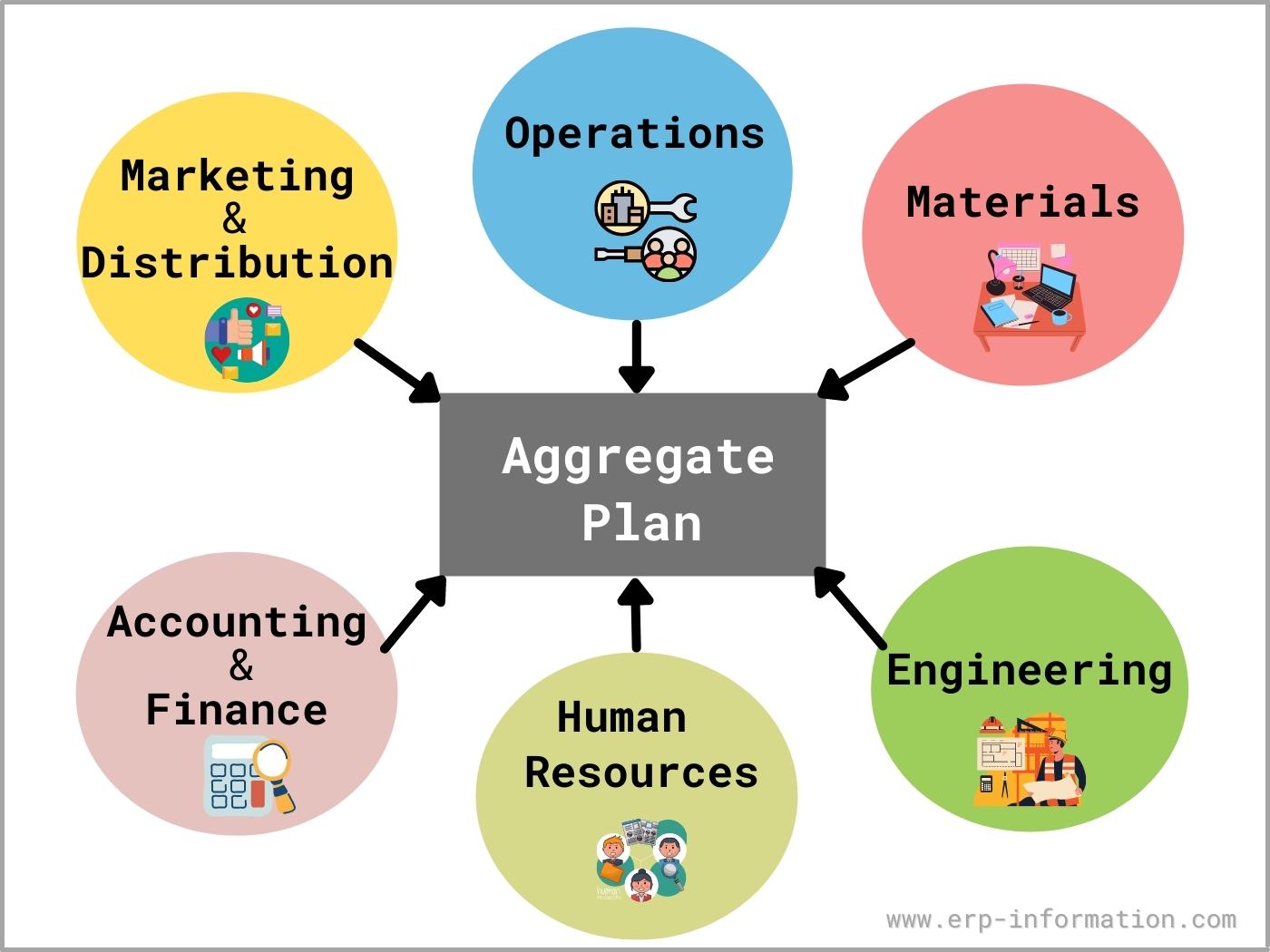



What Is Aggregate Planning 3 Strategies For Aggregate Production Planning




Capacity Studocu




Going Deeper Into Smes Innovation Capacity An Empirical Exploration Of Innovation Capacity Factors Cairn International Edition
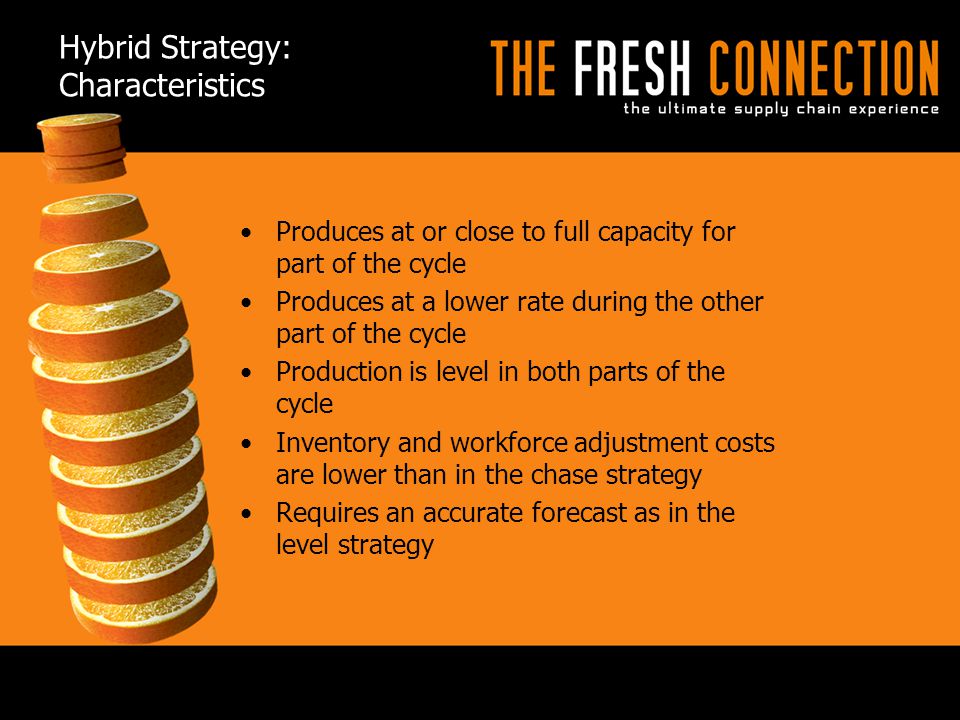



Capacity Management Ppt Video Online Download




Capacity Planning Meaning Strategies Importance And Procedure




Develop A Media Plan Free Essay Example




Capacity Planning In Project Management 4 Vital Success Factors Update 21
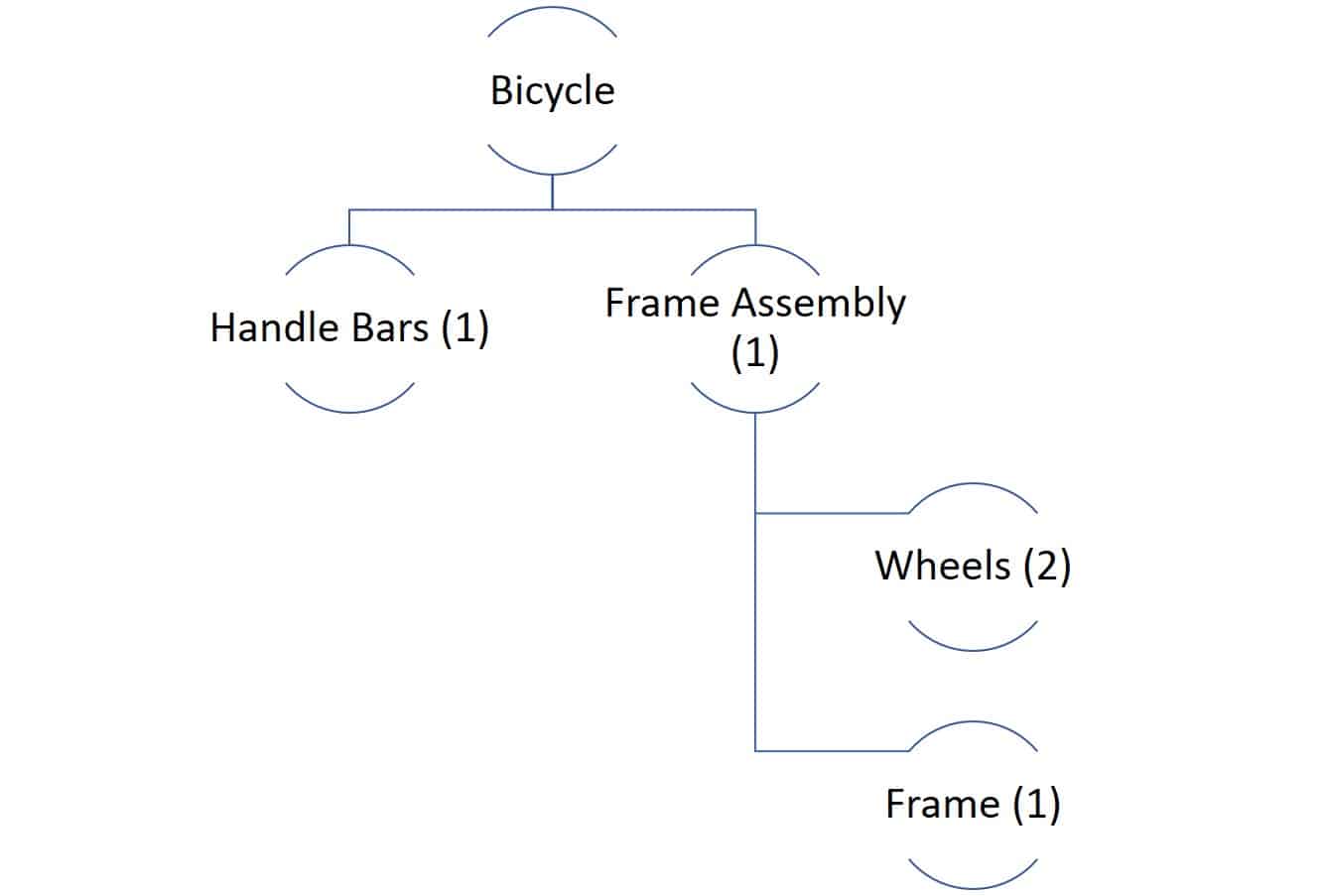



Everything You Need To Know About Material Requirements Planning Mrp Smartsheet




Pdf Automation Strategies Implications On Strategy Process From Refinement Of Manufacturing Strategy Content Semantic Scholar




Strategic Management Meaning Concepts Examples Explained
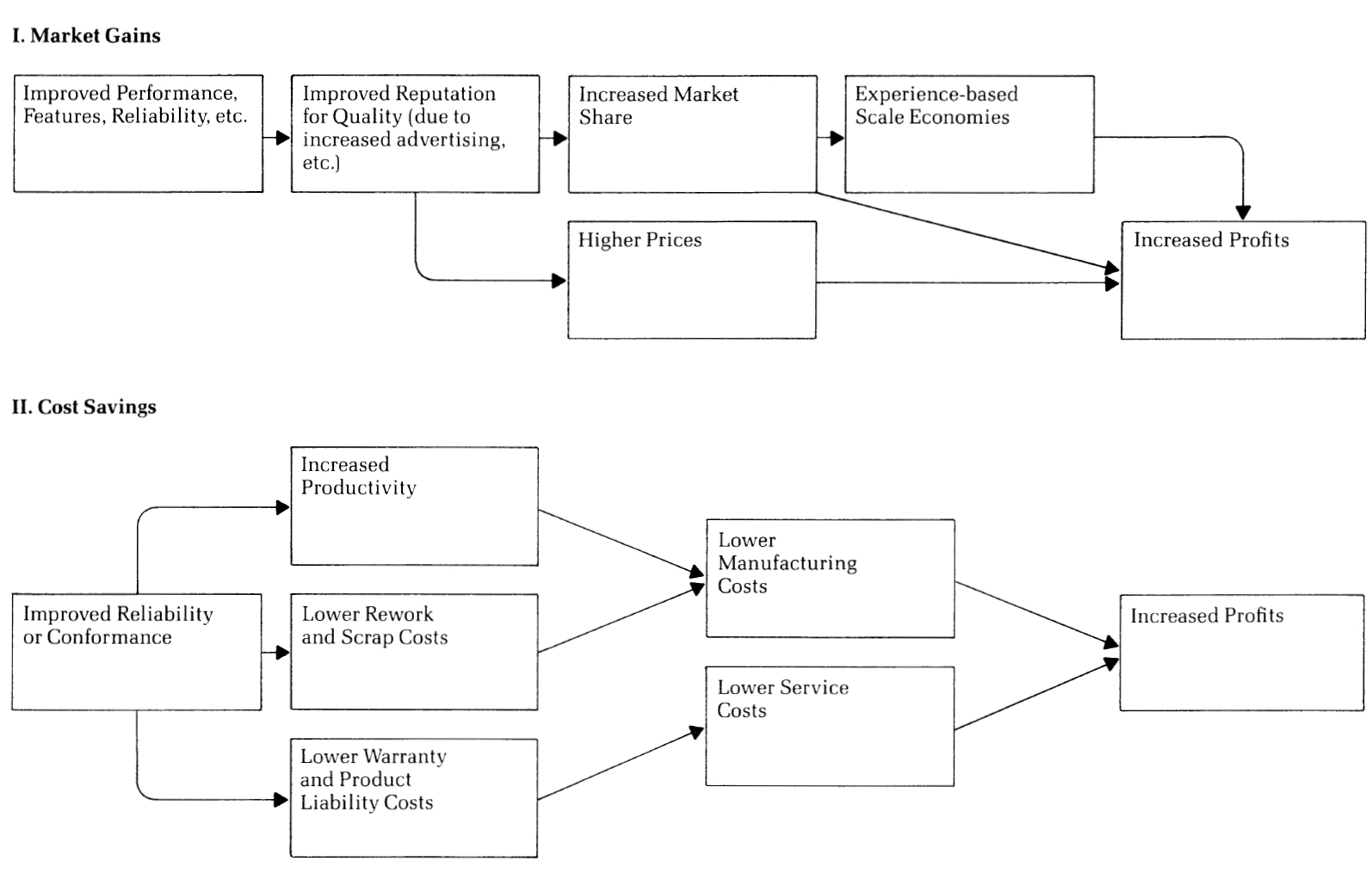



What Does Product Quality Really Mean




Covid 19 Decontamination And Reuse Of Filtering Facepiece Respirators Cdc




What Is Capacity Planning Examples Types Optimoroute




How To Create A Human Resource Strategy Aihr Digital



Q Tbn And9gcryopy5np7ja2xy9w1v4pq53iidl5pflcnccwylvwycqrlrgo1a Usqp Cau




What Is Capacity Planning Examples Types Optimoroute
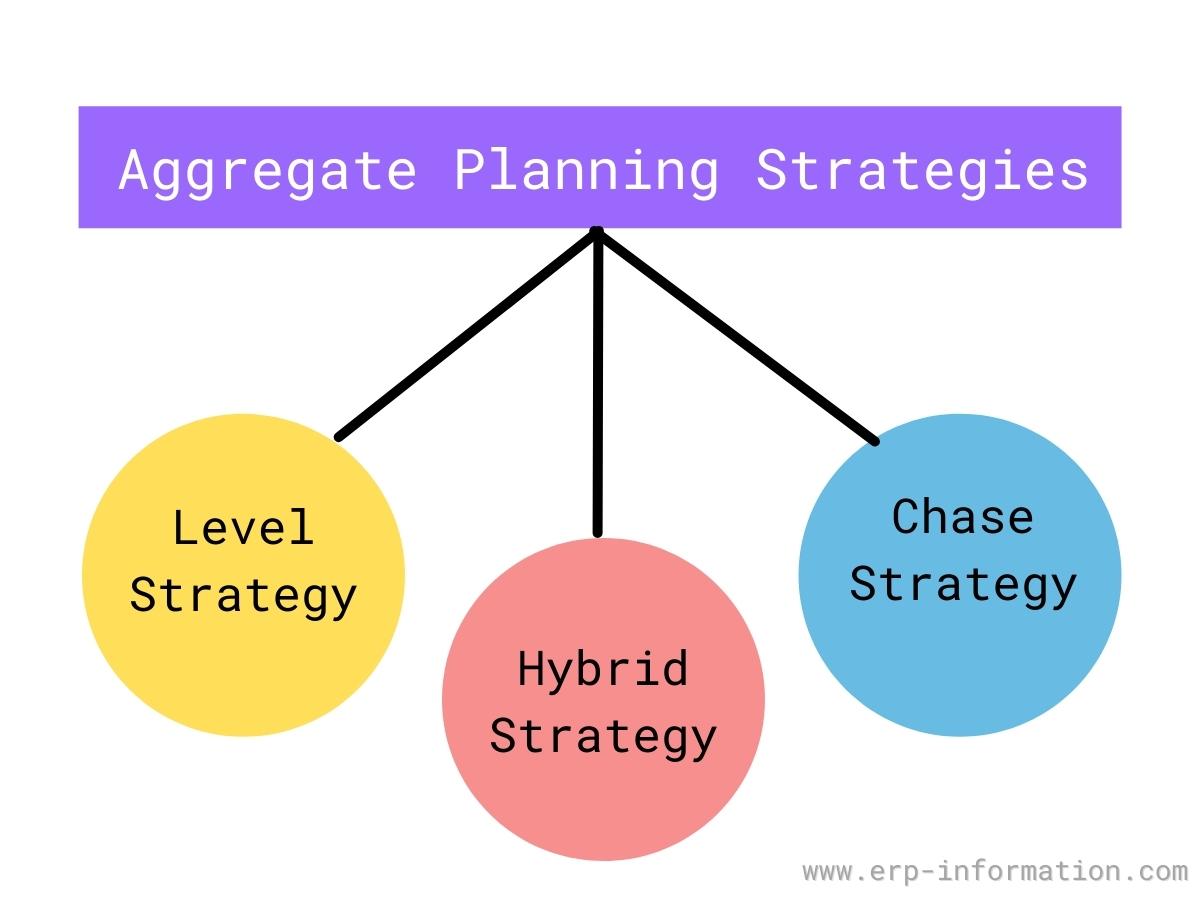



What Is Aggregate Planning 3 Strategies For Aggregate Production Planning




Inventory Management 101 The Master Production Schedule Mps Explained Optipro Software




Capacity Centered Organizations 7 Characteristics Planview
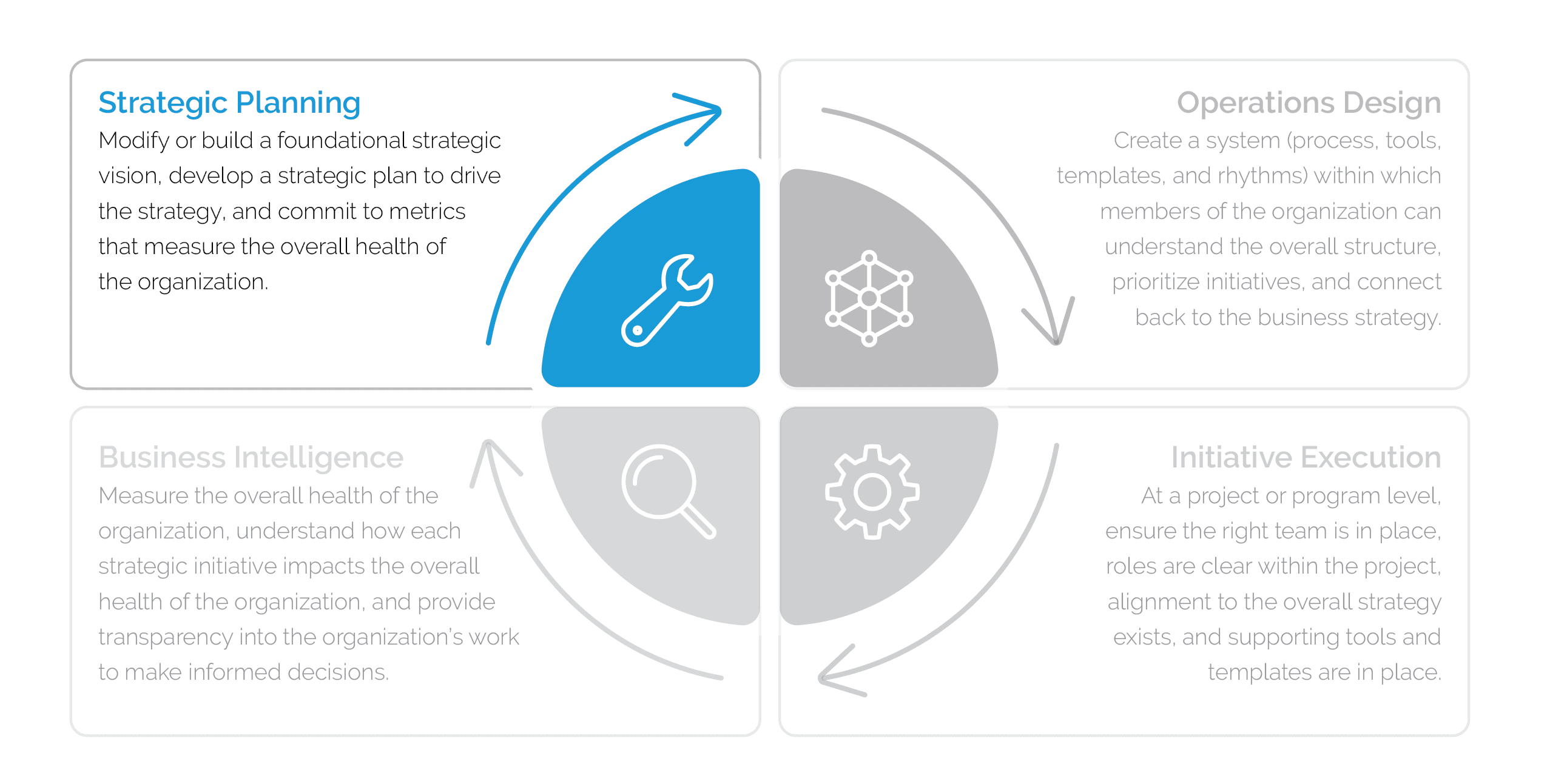



6 Elements Of Effective Strategic Planning
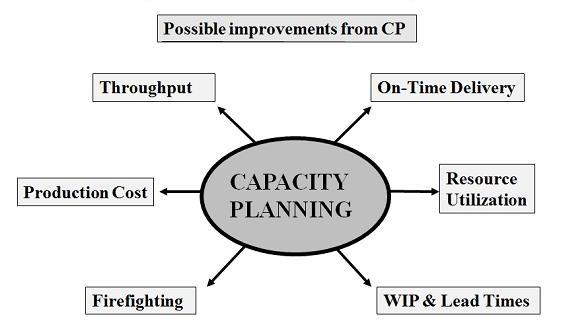



Concept Of Capacity Planning And It S Procedure Importance Management Study Hq
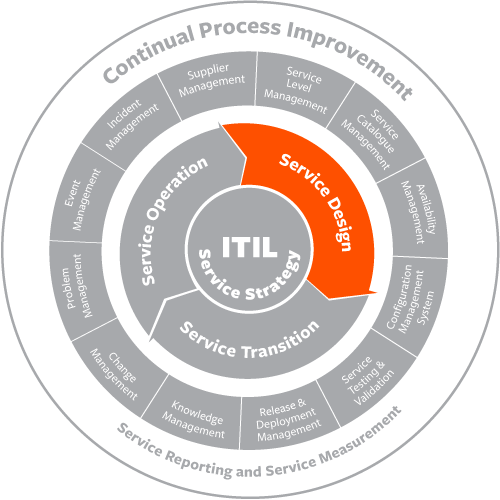



Itil Capacity Management Bmc Software Blogs
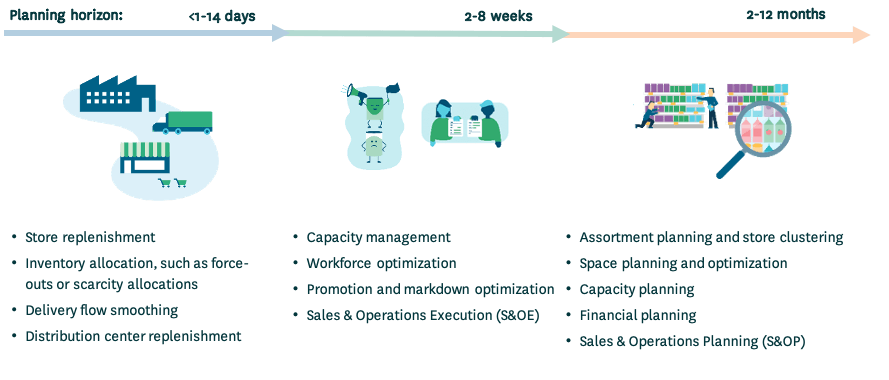



Demand Forecasting In Retail The Complete Guide Relex Solutions



Plos One Discovery Of A Novel Mutation X8del Resulting In An 8 Bp Deletion In The Hepatitis B Virus X Gene Associated With Occult Infection In Korean Vaccinated Individuals




Strategic Management Wikipedia




3 Types Of Capacity Planning Strategies Valq




Capacity Planning Meaning Classification And Its Goals



What Is Capacity Planning Examples Types Optimoroute



1



2
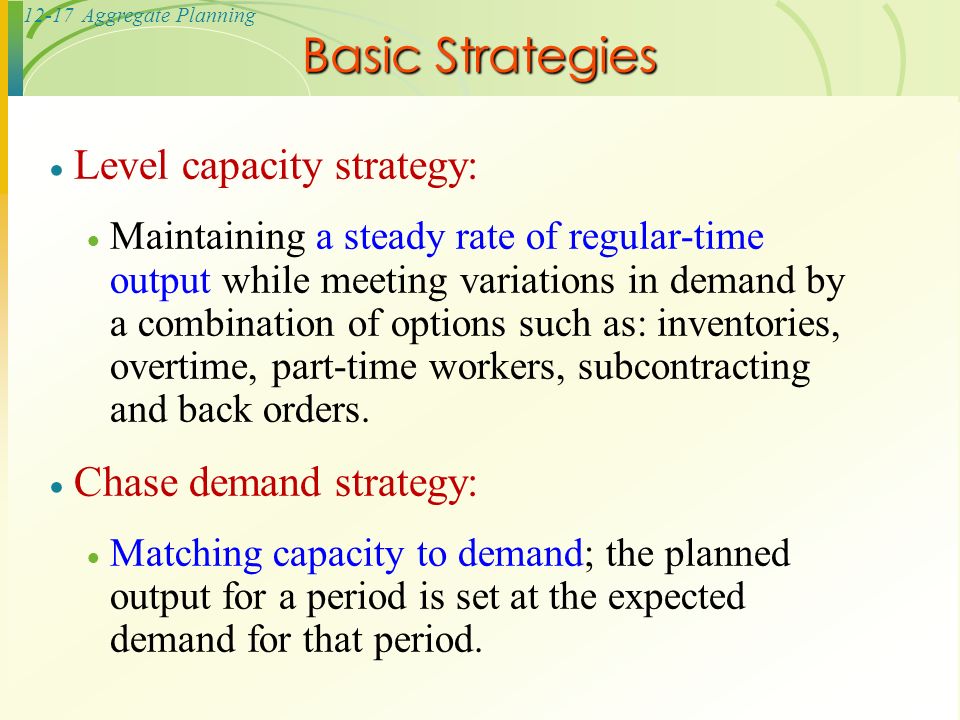



Operations Management Ppt Video Online Download
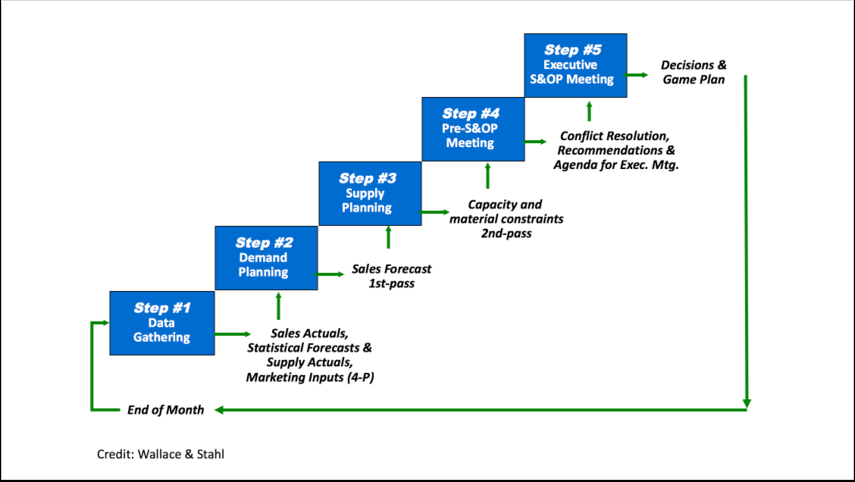



What Is Sales And Operations Planning S Op Plex Demandcaster
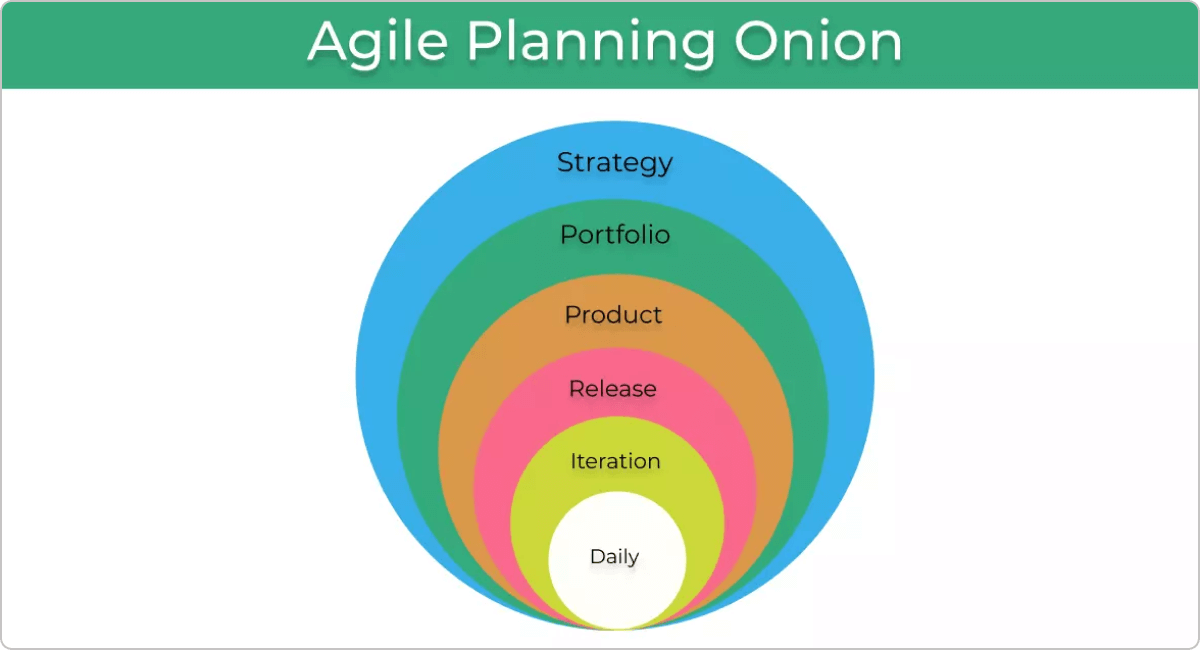



The Complete Beginners Guide To Agile Project Planning




Capacity Planning In Project Management 4 Vital Success Factors Update 21



2




Aggregate Planning Strategy Organization Levels System Examples Model Type Company System
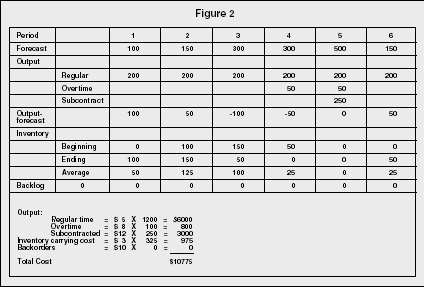



Aggregate Planning Strategy Organization Levels System Examples Model Type Company System




Co2 Emission Costs And Capacity Of Different Manure Management Practices Results From An Advisory Project Sciencedirect




Corporate Planning Introduction Characteristics Process Scope And Steps




Dynamic Pricing For Integrated Energy Traffic Systems From A Cyber Physical Human Perspective Sciencedirect




Strategic Management For Competitive Advantage



0 件のコメント:
コメントを投稿